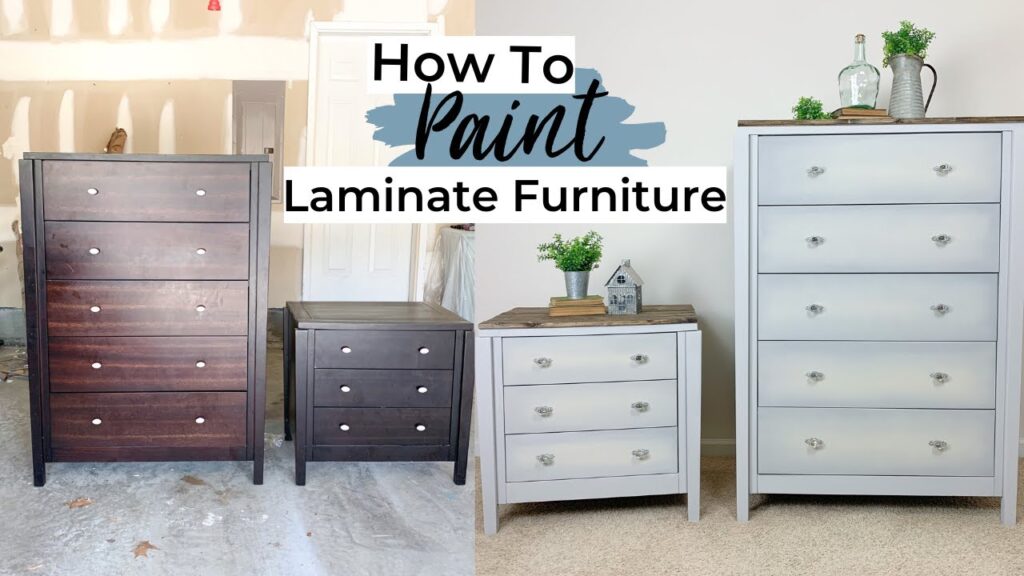
Excited to begin your next big Household Painting Project?
Nothing can make a room feel more brand new then a fresh coat of paint. But, before you go crazy and reach for the paint brush, there are some things to consider before you slap on the first coat of paint.
Paint alone will not cover all of the blemishes that can appear on your walls, so in order to make sure that you get the end result you’re looking for, it’s necessary to do a little prep work before you ever pick up that brush. It’s a good idea to plan on spending as much time doing wall repair as you will actually spend painting, but the time spent is well worth the effort and your friends will insist that you paid a professional to do the work.
The first step in preparing your walls for a new coat of paint is to wash them down with a phosphate-free wall cleaning agent and then rinse the wall with a sponge until the water runs clear. Once you’ve finished cleaning the walls, it’s time to inspect them for any damage like nail holes, cracks, or gouges. Pay special attention to seams in the wall and the area around windows and doors.
Repair all of the damage that you’ve located. There are several ways that you can repair damaged walls; here are a few different options.
Caulk
Use caulk to fill small cracks, transitions from wall to molding, and down the corners of the room. Smooth the caulk with a wet finger so you have a nice transition from one surface to the next, and then allow to dry completely.
Surfacing Compound
Surfacing compound is a different composition from joint compound, which is used in drywall construction. Use surfacing compound to patch damaged areas in your wall such as gouges or cracks.
Glazier’s Compound
Glazier’s compound is the putty that holds windows in place and it’s designed to stick in place and dry quickly. This makes it an excellent product to use for filling nail holes or other small defects in your walls.
Once you’ve completed the repair work that’s necessary on your walls it’s time to prime them. Applying a primer sealer to your walls before you paint them will keep the old paint from bleeding through, as well as allow the new paint to form a solid bond to the wall. This is especially important when painting over dark colors or satin finishes.
Once your walls are primed it’s time to apply the first coat of paint. It’s a good idea to not cheap out when it comes to buying paint. Cheaper paints tend to become powdery after a few years and often don’t provide the coverage that a more expensive paint can provide. It’s also smart to not skimp on your brushes or rollers. Cheap brushes or rollers can leave lint or bristles behind on your walls which can make any paint job look sub-standard.
Make sure to paint during the day with strong light coming into the room. It’s much easier to not miss bare spots, drips, splatters, or a random insect if you can see what you’re doing!
Before you begin, be sure to remember to cover any surface in the room that you would rather not get splattered with your new color, like the carpet, trim and woodwork. If possible, remove large pieces of furniture from the room to provide more mobility while painting.
After you’ve finished your first coat of paint, it’s a good idea to sand the walls before applying a second coat. Wipe the walls down with a piece of 120 grit sandpaper and then brush away any dust with a rag or old paintbrush. This extra step in the painting process doesn’t take long, and will ensure that your finished paint job feels as smooth as velvet.
By following these helpful tips throughout your household painting project, and remembering to do your prep work before you begin painting, your next paint job is sure to be a success and your home will quickly be transformed from drab – to dramatic!
Thank you for reading this article! We hope it makes your next household painting project a roaring success! If you have any further questions about this topic please contact us.









